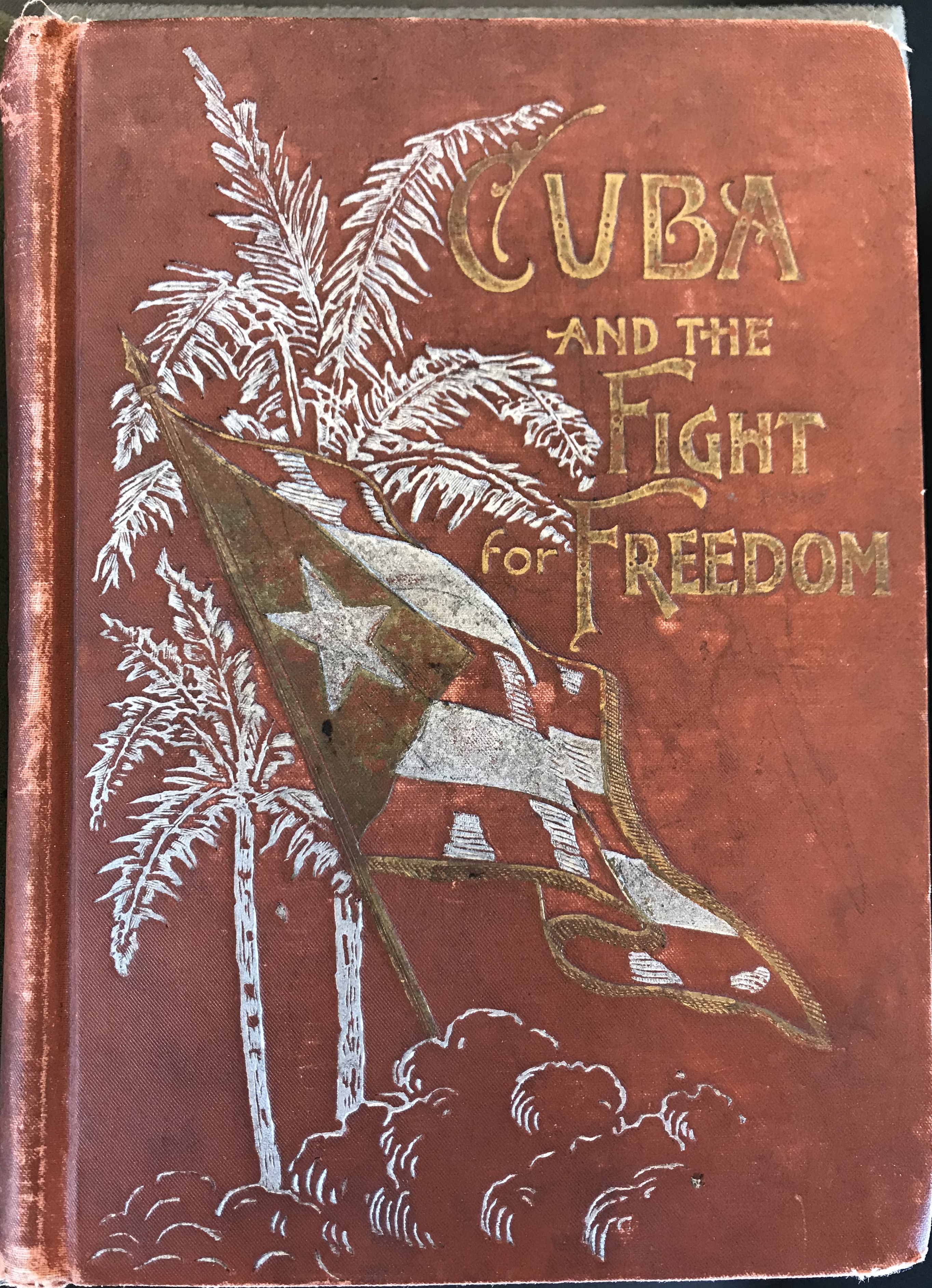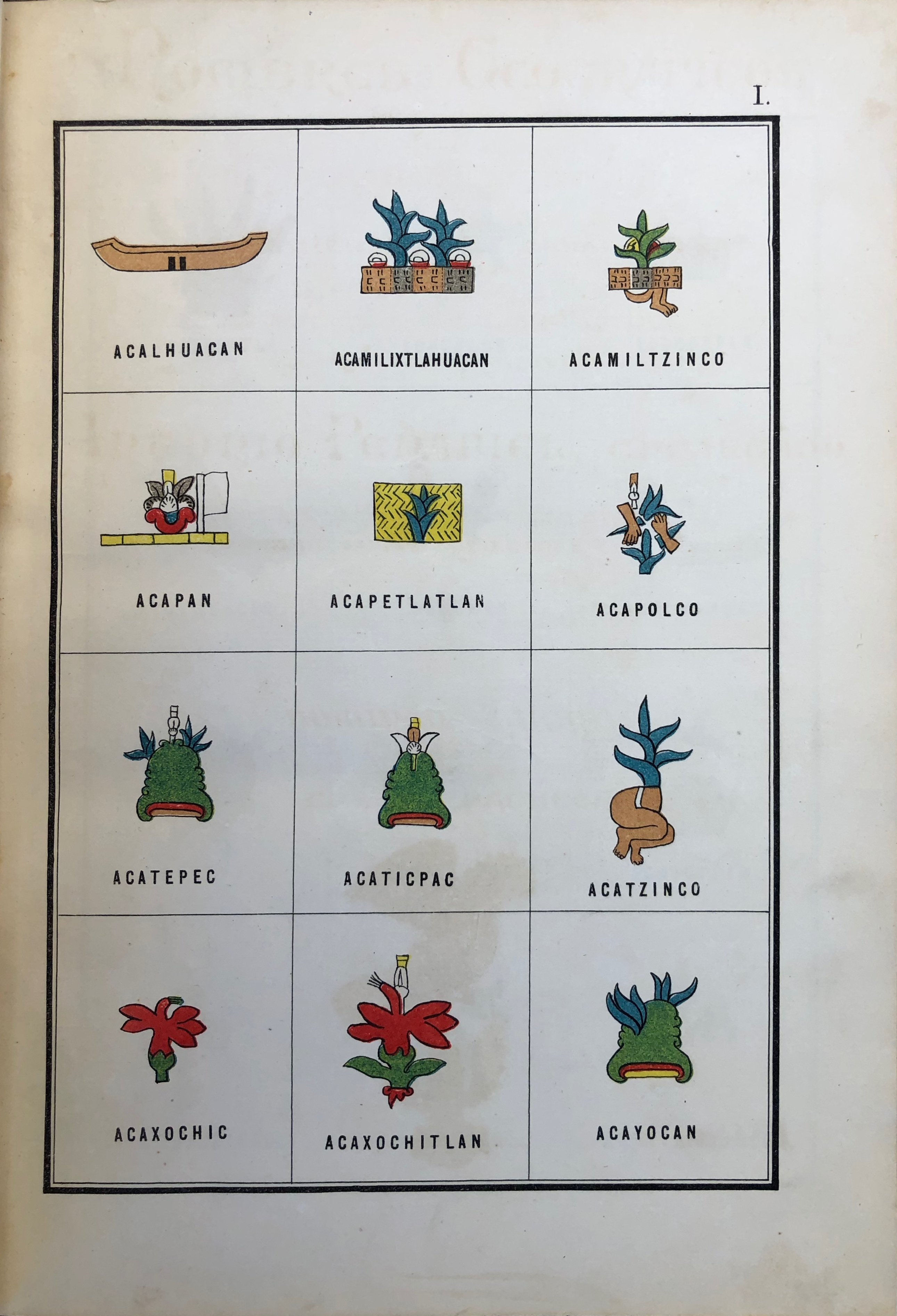Home

by James Hyde Clark (1896)
In his seminal text Imagined Communities, Benedict Anderson posits print as essential to the formation and dissemination of national consciousness. For Anderson, print allowed for individuals to imagine themselves as part of larger, defined groups. This phenomena, occurring in 19th-century Latin America, eventually led to the development of national consciousness. While his arguments have been debated, one thing is clear: print has played a vital role in forming, shaping, and at times contesting notions of national and cultural identity in Latin America and the Caribbean.
Voicing Identity: Print, Politics, and Power in Latin America and the Caribbean, a digital exhibition that showcases the primary sources held by Emory University, grapples with Anderson’s idea of national consciousness. Using a diverse collection of texts written both by Latin Americans and foreigners, this exhibit explores the way in which texts by and about Latin America and the Caribbean advanced debates regarding national, regional, and cultural identities. We ask: How were these texts used to fashion and project certain notions of national identity, or belonging? What can these texts tell us about such questions of race, ethnicity, and culture? How were these texts used in diplomatic capacities? How were the identities and cultures of Latin America and the Caribbean discussed by foreigners and Latin Americans alike?
This exhibit provides a broad look at the many ways in which texts reflected, reproduced, challenged, or defined political identities. The items discussed span a wide time period, ending in 1923. In examining texts from colonial-era New Spain to 20th-century Mexico, Print, Politics, and Power reveals the transhistorical importance of print-culture to answer questions of national identity. This exhibit is broad also in terms of geography—discussed are texts from Argentina, Mexico, Brazil, and Haiti, among others.

Nombres geográficos de México (1885)
Print, Politics, and Power is divided into four thematic groups. The first, “The Outsider's Gaze,” uses texts written by foreigners about Latin America to raise questions about the role of international relations, North American intervention, capitalism, and commercialism in the debates surrounding Latin American and Caribbean identities. The second thematic group, “The Nation’s Debut,” presents the opposite. Texts directed towards foreign audiences, but written by Argentinian, Brazilian, and Mexican authors are used to discuss the ideologies and debates that shaped the way Latin American nations presented themselves to the world.
The third thematic group, “The Politics of Persuasion,” explores the use of texts as a tool for diplomacy. Using texts written by diplomats or for diplomatic means, this theme group tackles questions of intervention, cooperation, and commerce between nations such as Argentina, Brazil, Mexico, Cuba, and, of course, the United States. The fourth thematic group, “Reckoning with History,” presents works by Latin American authors to discuss the role of print in debates of national identity, especially in Mexico. In particular, the items here all raise questions regarding race, ethnicity, and indigeneity and their place in national culture.
The thematic groups of Voicing Identity ultimately captures the variety in thought, publication and style of text that circulated about Latin America up until the 1920s. The power of print is a the heart of this exhibition, mimicking the importance of print in Latin America to shape its history, global presence and culture. As you move through the exhibition, you will notice that the items are not just physical collections of text—they are recreations of the diverse Latin American experiences.